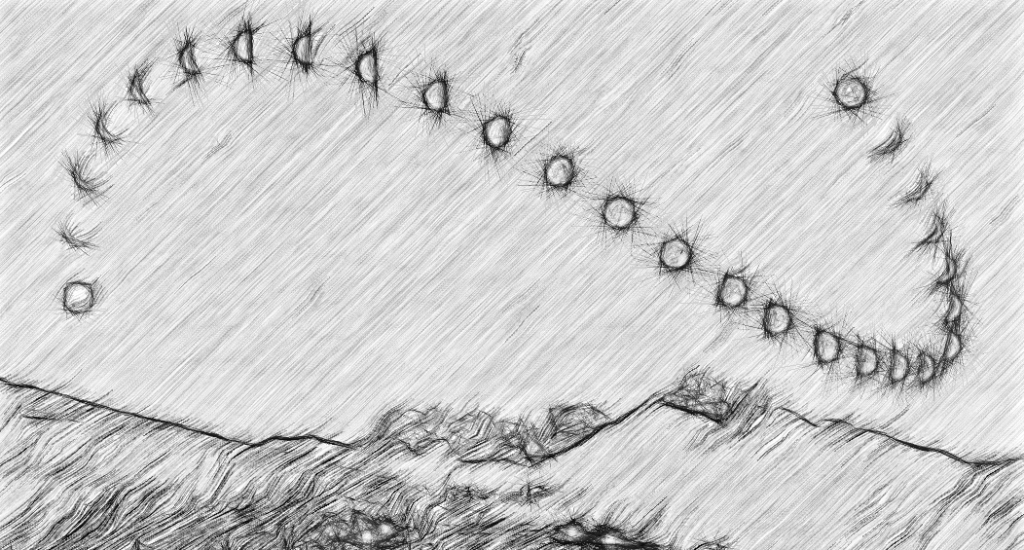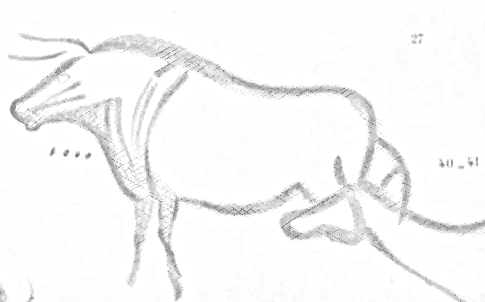
This page is about the discovery of evidence for an Ice age Lunar Calendar. The alignment of Neolithic and Bronze Age monuments shows that there was a calendar of the year in use. At Stonehenge, there are suggestions that the alignments to Midsummer and Midwinter Solstices stretch further back into the Mesolithic period. (For more about Stonehenge see my post)
But in 2023, evidence of a Palaeolithic Calendar was discovered by an ‘amateur’. Furniture maker Ben Bacon studied markings in cave paintings at Lascaux, Altamira and other caves.

He collaborated with Professors at UCL and Durham. They interpreted markings showing the use of an Ice age Lunar Calendar to mark the mating season of particular animals. A Y shaped mark he interpreted as meaning ‘giving birth’. The number of dots or dashes drawn by or in the outline of the creature coincided with their mating season. They determined this by studying the mating season of modern animals.
For further details, follow this link to the BBC report.
On this Day!
1437 – Workmen discovered a giant Mallard which inaugurated ‘Mallard Day’ at All Souls, College, Oxford. It must have been remarkably big as they celebrated with an annual torchlit duck hunt on the nearby River Thames. It has been relegated to a once-a-century event. Now they only sing the song:
Griffin, Bustard, Turkey, Capon,
Let other hungry mortals gape on,
And on the bones their stomach fall hard,
But let All Souls men have their Mallard.
Oh! by the blood of King Edward.
Oh! by the blood of King Edward.
It was a whopping, whopping mallard.
Therefore, let us sing and dance a galliard,
To the remembrance of the mallard.
And as the mallard dives in pool,
Let us dabble, dive and duck in bowl.
Oh! by the blood of King Edward.
Oh! by the blood of King Edward.
It was a whopping, whopping mallard
Chambers. Book of Days, 1864
1896 – First public screening of a motion picture was given in London at the Royal Photographic Society. Or was it – look here for more information.
Discover more from And Did Those Feet
Subscribe to get the latest posts sent to your email.
